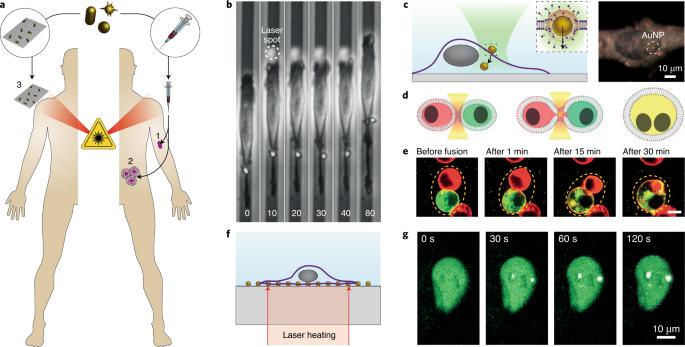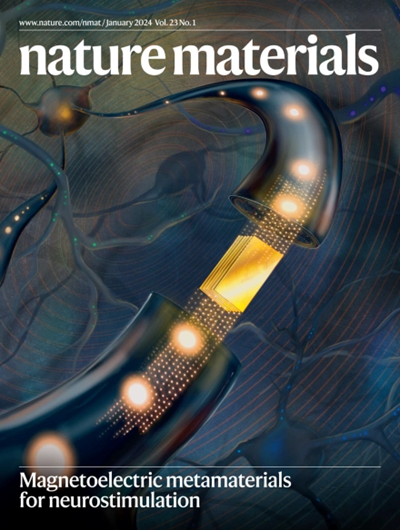Applications and challenges of thermoplasmonics
IF 38.5
1区 材料科学
Q1 CHEMISTRY, PHYSICAL
引用次数: 203
Abstract
Over the past two decades, there has been a growing interest in the use of plasmonic nanoparticles as sources of heat remotely controlled by light, giving rise to the field of thermoplasmonics. The ability to release heat on the nanoscale has already impacted a broad range of research activities, from biomedicine to imaging and catalysis. Thermoplasmonics is now entering an important phase: some applications have engaged in an industrial stage, while others, originally full of promise, experience some difficulty in reaching their potential. Meanwhile, innovative fundamental areas of research are being developed. In this Review, we scrutinize the current research landscape in thermoplasmonics, with a specific focus on its applications and main challenges in many different fields of science, including nanomedicine, cell biology, photothermal and hot-electron chemistry, solar light harvesting, soft matter and nanofluidics. Thermoplasmonics is based on the use of plasmonic nanoparticles as sources of heat remotely controlled by light. This Review discusses its current applications and challenges in a broad range of scientific fields, from nanomedicine to hot-electron chemistry and nanofluidics.

热光子学的应用与挑战
过去二十年来,人们对利用等离子纳米粒子作为光遥控热源的兴趣与日俱增,由此产生了热弹性学领域。在纳米尺度上释放热量的能力已经对从生物医学到成像和催化等广泛的研究活动产生了影响。热光子学目前正进入一个重要阶段:一些应用已进入工业化阶段,而另一些原本充满希望的应用则在发挥潜力方面遇到了一些困难。与此同时,创新的基础研究领域也在不断发展。在本《综述》中,我们将仔细审视热弹性光学的研究现状,重点关注其在纳米医学、细胞生物学、光热和热电子化学、太阳能采光、软物质和纳米流体等多个不同科学领域的应用和主要挑战。热光子学的基础是利用等离子纳米粒子作为由光远程控制的热源。本综述讨论了它目前在从纳米医学到热电子化学和纳米流体学等广泛科学领域的应用和挑战。
本文章由计算机程序翻译,如有差异,请以英文原文为准。
求助全文
约1分钟内获得全文
求助全文
来源期刊

Nature Materials
工程技术-材料科学:综合
CiteScore
62.20
自引率
0.70%
发文量
221
审稿时长
3.2 months
期刊介绍:
Nature Materials is a monthly multi-disciplinary journal aimed at bringing together cutting-edge research across the entire spectrum of materials science and engineering. It covers all applied and fundamental aspects of the synthesis/processing, structure/composition, properties, and performance of materials. The journal recognizes that materials research has an increasing impact on classical disciplines such as physics, chemistry, and biology.
Additionally, Nature Materials provides a forum for the development of a common identity among materials scientists and encourages interdisciplinary collaboration. It takes an integrated and balanced approach to all areas of materials research, fostering the exchange of ideas between scientists involved in different disciplines.
Nature Materials is an invaluable resource for scientists in academia and industry who are active in discovering and developing materials and materials-related concepts. It offers engaging and informative papers of exceptional significance and quality, with the aim of influencing the development of society in the future.
 求助内容:
求助内容: 应助结果提醒方式:
应助结果提醒方式:


